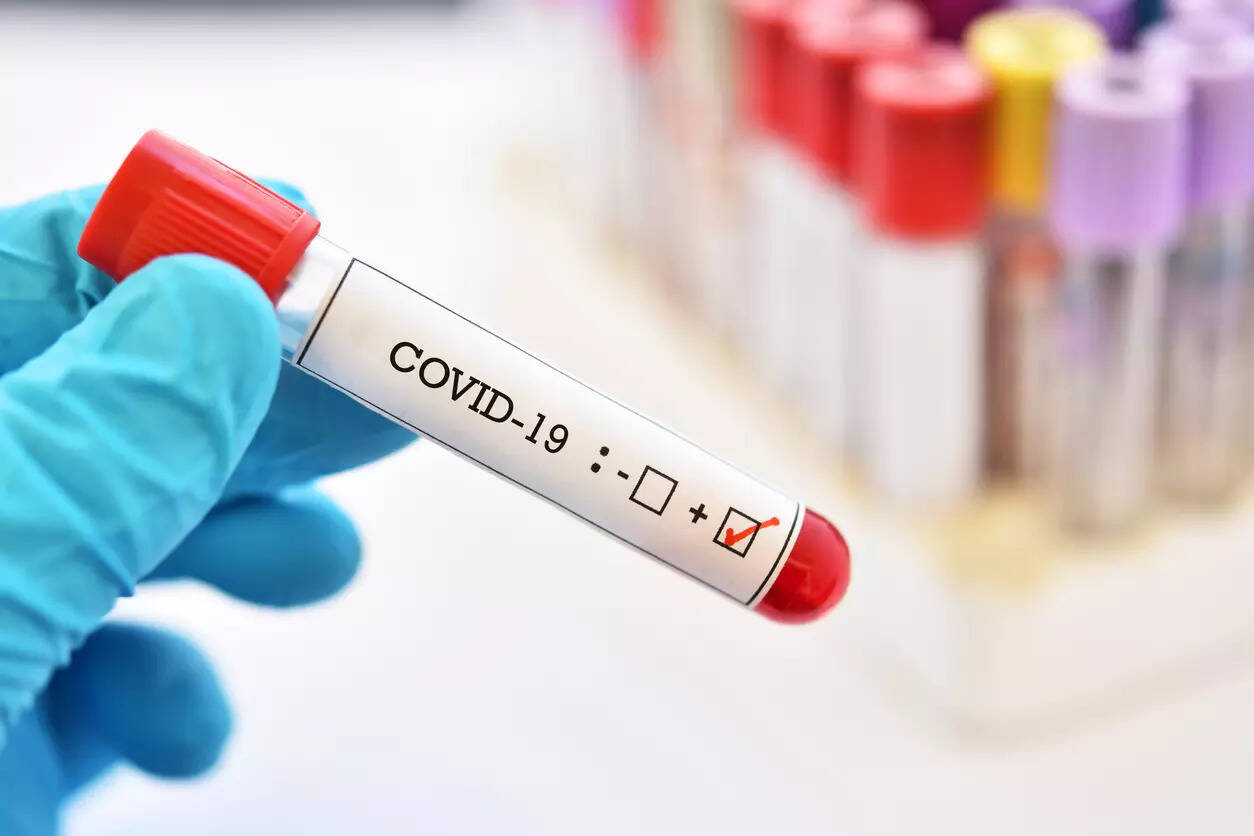
Sydney: 5 years in the past, COVID was all we may take into consideration. At this time, we might relatively neglect about lockdowns, testing queues and social distancing. However the virus that sparked the pandemic, SARS-CoV-2, is still circulating.
Most individuals who get COVID at the moment will expertise solely a gentle sickness. However some individuals are still at risk of extreme sickness and are extra probably to be hospitalised with COVID.
This consists of older individuals, those that are immunocompromised by situations akin to most cancers, and individuals with different well being situations akin to diabetes.
Outcomes additionally have a tendency to be extra extreme in those that expertise social inequities akin to homelessness. In the United Kingdom, individuals dwelling in the 20 per cent most disadvantaged areas have double likelihood of being hospitalised from infectious ailments than these in the least disadvantaged areas.
What number of circumstances and hospitalisations?
In Australia, 58,000 COVID circumstances have been reported to this point in 2025. Nevertheless, testing charges have declined and not all optimistic circumstances are reported to the authorities, so case numbers in the group are probably a lot increased.
Newest knowledge from FluCan, a community of 14 hospitals, discovered 781 individuals have been hospitalised for COVID issues in the first three months of the yr. This “sentinel surveillance” knowledge provides a snapshot from a handful of hospitals, so the precise variety of hospitalisations throughout Australia is anticipated to be a lot increased.
Whereas deaths are decrease than earlier years, 289 individuals died from COVID-related respiratory infections in the first two months of the yr.
What can we count on as we head into winter?
We regularly see a rise in respiratory infections in winter.
Nevertheless, COVID peaks aren’t simply essentially seasonal. Over the previous few years, peaks have tended to seem around each six months.
What are the commonest COVID symptoms?
Typical early symptoms of COVID included fever, cough, sore throat, runny nostril and shortness of breath. These have remained the commonest COVID symptoms throughout the a number of variant waves.
Early in the pandemic, we realised COVID brought on a distinctive symptom referred to as anosmia – the modified sense of style or scent. Anosmia lasts about a week and in some circumstances can last more.
Anosmia was extra incessantly reported from infections due to the ancestral, Gamma, and Delta variants however not for the Omicron variant, which emerged in 2021.
Nevertheless, lack of scent still appears to be related to some newer variants. A current French examine discovered anosmia was extra incessantly reported in individuals with JN.1.
However the researchers did not discover any variations for different COVID symptoms between older and newer variants.
Do you have to trouble doing a check?
Sure. Testing is significantly necessary in case you expertise COVID-like symptoms or have been not too long ago uncovered to somebody with COVID and are at high-risk of extreme COVID. You would possibly require well timed therapy.
If you happen to are at risk of extreme COVID, you’ll be able to see a physician or go to a clinic with level-of-care testing companies to entry confirmatory PCR (polymerase chain response) testing.
Fast antigen exams (RATs) accredited by Australia’s regulator are additionally still obtainable for private use.
However a damaging RAT does not imply that you do not have COVID – particularly in case you are symptomatic.
If you happen to do check optimistic, whereas you do not have to isolate, it’s finest to keep at residence.
If you happen to do depart the home whereas experiencing COVID symptoms, minimise the unfold to others by carrying a effectively-fitted masks, avoiding public locations akin to hospitals and avoiding contact with these at increased risk of extreme COVID.
How long does COVID final lately?
In most individuals with gentle to reasonable COVID, it can final 7-10 days.
Symptomatic individuals can unfold the an infection to others from about 48 hours earlier than you develop symptoms to about ten days after creating symptoms. Few individuals are infectious past that.
However symptoms can persist in extra extreme circumstances for longer.
A UK examine which tracked the persistence of symptoms in 5,000 well being-care employees discovered symptoms have been much less probably to final for greater than 12 weeks in subsequent infections.
Normal fatigue, for instance, was reported in 17.3 per cent of individuals after the first an infection in contrast with 12.8 per cent after the second an infection and 10.8 per cent following the third an infection.
Unvaccinated individuals additionally had extra persistent symptoms.
Vaccinated individuals who catch COVID have a tendency to current with milder illness and recuperate sooner. This can be as a result of vaccination prevents over-activation of the innate immune response.
Vaccination stays the finest means to stop COVID
Vaccination towards COVID continues to be considered one of the simplest methods to stop COVID and shield towards it. Information from Europe’s most up-to-date winter, which is but to be peer reviewed, experiences COVID vaccines have been 66 per cent efficient at stopping symptomatic, confirmed COVID circumstances.
Most individuals in Australia have had at the very least one dose of the COVID vaccine. But when you have not, individuals over 18 years of age are really useful to have a COVID vaccine.
Boosters are obtainable for adults over 18 years of age. If you haven’t any underlying immune points, you are eligible to obtain a funded dose each 12 months.
Boosters are really useful for adults 65-74 years each 12 months and for these over 75 years each six months.
Adults over 18 years who are at increased risk due to weaker immune methods are really useful to get a COVID vaccine each 12 months and are eligible each six months.
A brand new evaluation of greater than 4,300 research discovered full vaccination earlier than a SARS-CoV-2 an infection may cut back the risk of long COVID by 27 per cent relative to no vaccination for the basic grownup inhabitants.
With ongoing circulation of COVID, hybrid immunity from pure an infection supplemented with booster vaccination can assist stop massive-scale COVID waves.
(The Dialog)>
Source link
#COVID #risk #vulnerable #individuals #symptoms #long #HealthWorld




